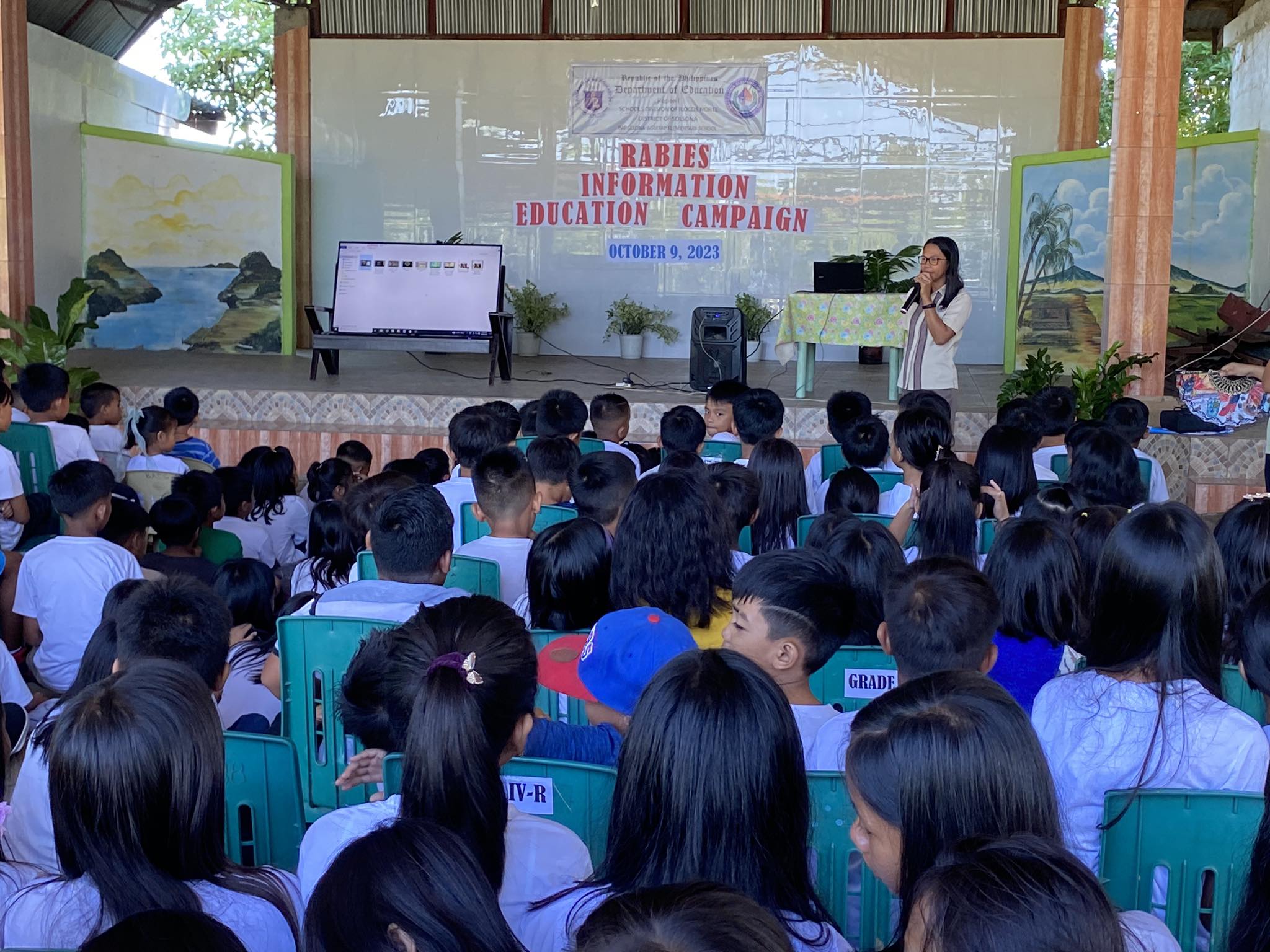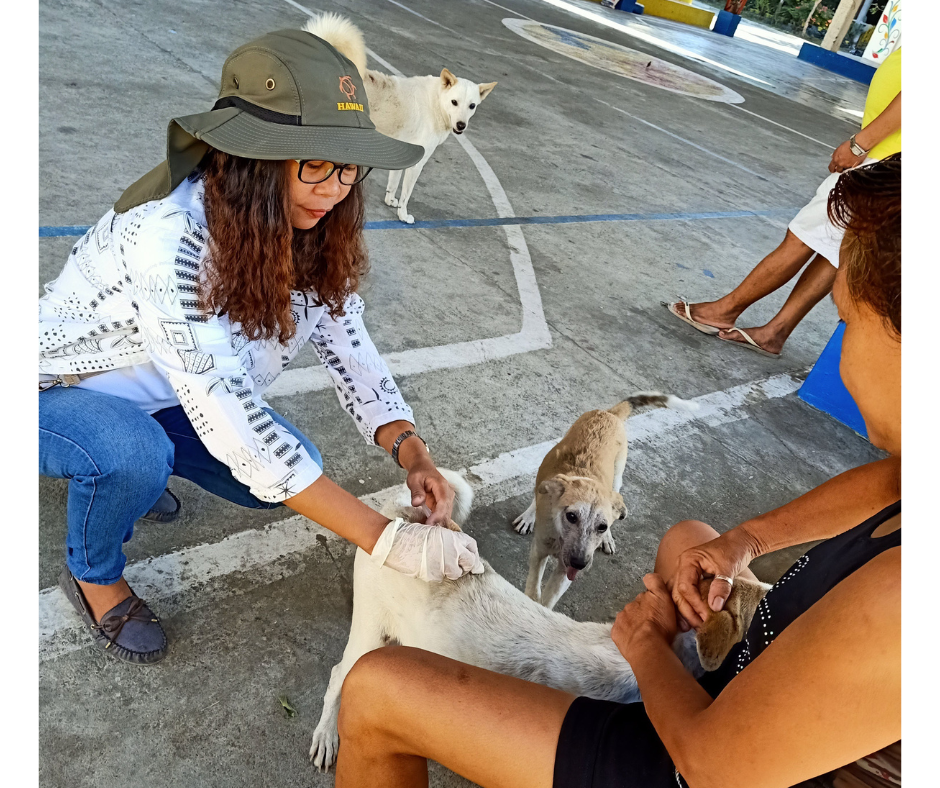Featured Article - 4 November 2024
My Journey to End Rabies in My Community
Growing up in a small, impoverished village in the northern Philippines, I saw firsthand the harsh realities of life without access to basic services. Our village was 8 kilometers from the town, and during the rainy season, the roads became impassable due to the rivers we had to cross. Medical care was a luxury many couldn't afford.
One incident that still haunts me was the tragic death of a young girl in our village. She had been bitten by a dog suspected of having rabies. Her family, too poor to afford proper medical treatment, relied on a local "albularyo," or quack doctor, instead of taking her to the hospital. At that time, in the early 1980s, there was no Animal Bite Treatment Center (ABTC) nearby, and accessing Post Exposure Prophylaxis (PEP) meant a gruelling 15-hour journey to Metro Manila. Watching this young girl suffer and die was my first encounter with the horror of rabies. In those days, if you didn't have the means, you were left to die.
As time passed, I found myself working as an agricultural extension worker in my municipality. By a twist of fate, I was entrusted with the rabies program, and it became my mission to prevent others from experiencing the same heartbreak I witnessed in my youth. Through education campaigns, we aimed to raise awareness in the community. Our efforts focused on three key areas:
- Promoting responsible pet ownership—teaching people to properly care for their pets by providing food, water, shelter, and proper care.
- Stressing the importance of vaccinating pets to prevent the spread of rabies—because it's the only real way to protect both animals and people.
- Educating the community on what to do if they were bitten by a dog and ensuring that everyone knew the government’s support was there to provide treatment.

From 2018 to 2022, my team from the Municipal Agriculture Office worked tirelessly, conducting annual vaccination drives. We managed to vaccinate 70% of the dogs in our municipality, and for those years, we had no reported cases of rabies in humans or animals. It felt like we were making real progress.
But then, in 2023, rabies returned. Several cases in dogs were reported, and we even had one unconfirmed human case. It was a heavy blow, one that filled our hearts with sadness. But instead of giving up, we chose to re-examine our approach, knowing that the fight wasn't over.

As we look to the future, we’ve identified key areas where we need to improve:
- Allocating more funds for spaying and neutering to address the growing free-roaming dog population.
- Increasing our vaccination coverage from 70% to 80%.
- Expanding our awareness campaigns through radio, social media, and other platforms to reach more people.
- Securing additional funding from external sources to bolster our rabies program.
I remain hopeful. With the support of the Municipal Government of Solsona, the Provincial Government of Ilocos Norte, and other non-government institutions as well as non-governmental organizations, I believe we can achieve our goal: to end rabies in our community by 2030. This journey is deeply personal for me, and I am committed to ensuring that no family ever has to go through what that young girl's family did all those years ago.
Article contributed by Ms. Liza Domingo, Agricultural Extension Worker
